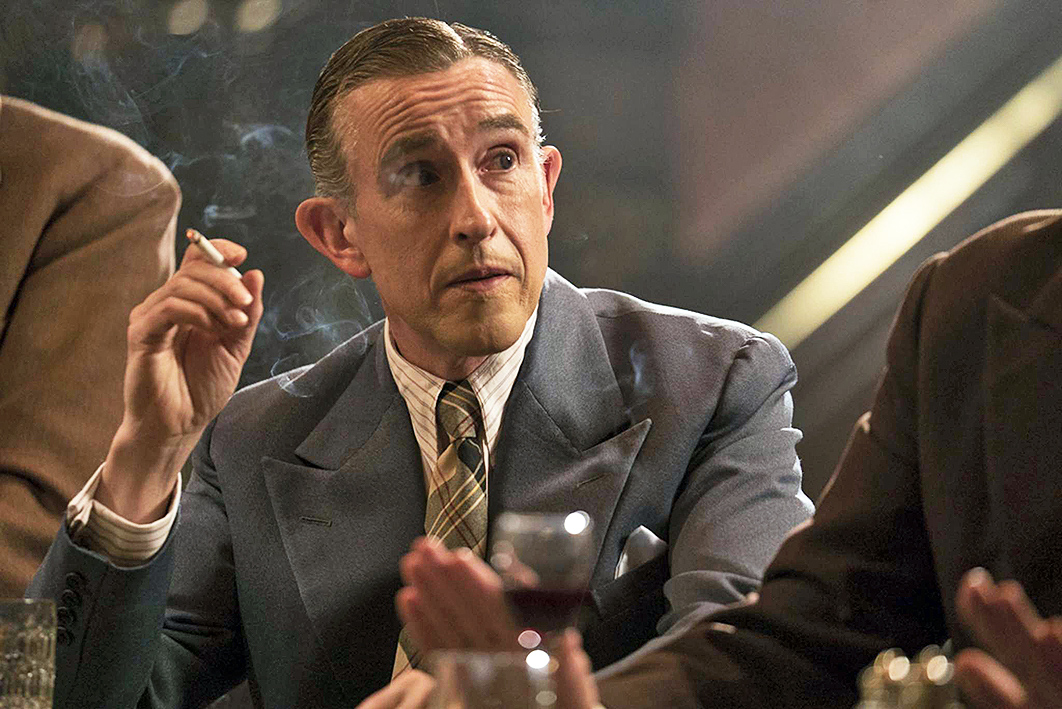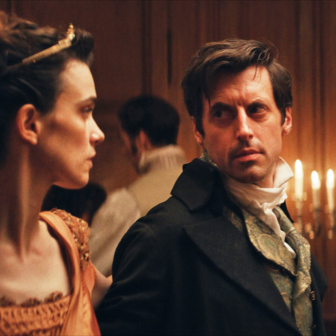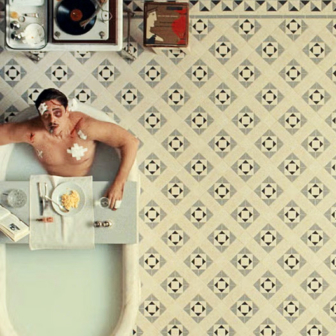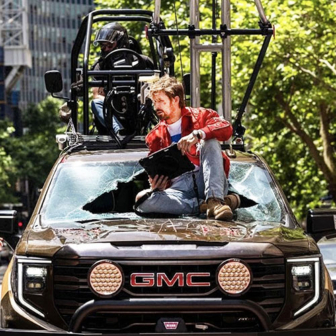For schoolboys of a certain generation, one of life’s happiest treats was a comic called Film Fun, which featured, in captioned black-and-white squares filling a page, the exploits of some of the most famous film comedians of the day. There, we revelled in the idiocies of, say, Abbott & Costello or the seemingly gormless George Formby. But, for my money (threepence, to be exact), none was quite as funny as Laurel and Hardy, forever tangled up in “another fine mess.” If you were even luckier, you could laugh yourself silly watching them on the screen.
Though it is over half a century since their last film, they have always had an assured place in the nostalgia of movie memory. Only two years ago, a very diverting book (by John Connolly) with the idiosyncratic title of he presented itself as a novel that was part-biography, part-cinema history, part-Hollywood gossip column. The eponymous “he” was Stan Laurel, and he, as in Jon S. Baird’s new film, Stan & Ollie, is depicted as the brains of the partnership. In fact, he never seems to stop working and worrying, often protecting Ollie from unpalatable truths.
Who were they, then? The short answer is that they were a hugely popular comedy duo for more than twenty-five years. Ollie’s screen debut was in a 1914 short called Outwitting Dad and Stan’s in 1917 as a mental patient in Nuts in May, but history really began when the pair appeared together for the first time as a team in 1926, and they remained that way till 1951, mostly to resounding box-office success.
The pair was under contract to the Hal Roach studio, and their falling out with Roach (played by Danny Huston in the film) is a key early event in the film, establishing Laurel (Steve Coogan) as the sharper negotiator and Hardy as the more indulgent, satisfying his urges as gambler and matrimonial practitioner rather than worrying too much about money matters. In an early discussion between the pair, Ollie Hardy (John C. Reilly) reveals that he has just proposed to the woman who will become his third wife Lucille (Shirley Henderson) and complaining about the financial demands of an ex-wife, while Stan announces firmly that he is never getting married again. He’ll be wrong about this.
Baird’s warm-hearted, sharp-witted film compares the on-screen personae of Laurel and Hardy with how the partnership worked off-screen. Reading about the two of them in Film Fun or watching them on-screen, Ollie always seemed to be bossing around meek little offsider Stan, as if the big guy was calling the shots, and as often as not precipitating them into another fine mess (the title of their 1930 film). As the film makes clear — this is not to make claims about or to discount its historical accuracy — Stan is the one with ideas, but as soon as the camera turns on the duo dancing their Way out West the old magic turns life on its head.
When their film careers have tailed off, the scene switches to “Sixteen years later, Newcastle 1953.” They are touring in the country that Stan earlier dismissed with, “I don’t miss England one little bit.” As they begin their tour in half-empty provincial theatres and variety halls, making do with the modest lodgings assigned to them by somewhat smarmy impresario Bernard Delfont (Rufus Jones), Stan must have felt he was right. But their fortunes will change as audiences respond to their still-potent comic brilliance, and it says much for Coogan and Reilly that they can make us believe this and share the excitement when they fetch up at London’s plush Lyceum Theatre to a full house. By this time, as they pull into the Savoy Hotel, there’s been a lift in their accommodation standards too.
Putting the historical facts to one side, what Baird and his screenwriter Jeff Pope have set before us is an affectionate and astutely observed recreation of the lives and careers of the legendary pair. Crucially, the film must give us a sense of that comic genius and this is achieved by creating (perhaps re-creating) some of their famous stage turns. For instance, there’s the railway platform from which they keep misplacing each other as they exit through the two doorways into the station — and how cumbersome that account sounds compared with the effortless facility and timing with which the episode is performed!
The great strength of the film, or at least the strength it couldn’t have done without, is in the casting of Reilly and Coogan. Reilly, in a fat-suit and with inflated jowls, and Coogan, looking as if he can’t afford to take his mind off the professional demands of life, are a superb team. They are convincing on stage while also imbuing their private-life selves with the insight that accounts for the bond between them even when times become difficult. As Ollie says when his health is on the downward slide: “It was fun while it lasted, wasn’t it Stan?” But if that sounds wet it is offset by Ollie’s earlier, less benevolent remark: “You loved Laurel & Hardy, but you never loved me.”
When their wives turn up about halfway through the film, we get further insight into the pair – as well contributions from the two women. Tiny Scottish actor Henderson, as Ollie’s third wife, Texan Lucille, has a touching moment when she makes clear she genuinely loves this self-indulgent fatty, however careless he is about his and other people’s lives. As Stan’s more astringent Russian wife, Nina Arianda is more prepared to steer situations in directions of her choice. She makes an effective contrast with Henderson, and together they weave a new and lively strand in the exploits of the titular pair. As well, each is concerned to keep a watchful eye on the health of her partner.
Director Baird knows exactly how much is needed to establish the on-stage or on-screen personae of the two and this provides some very funny episodes. As a sort of biopic, covering only the years of Stan and Ollie’s partnership, the film strikes an admirable balance between the laugh-out-loud moments when the innocent wit of the comic routines is put before us and the quiet pathos that comes with their awareness of the fleetingness of fame. This latter effect is achieved without ever being mawkish: providing hysterical laughter for audiences is one thing; as the film suggests wistfully, this comes at a cost.
But the film’s best achievement could be to bring the pair to a generation that may never have heard of them. It might be a case of Film Fun all over again. •




